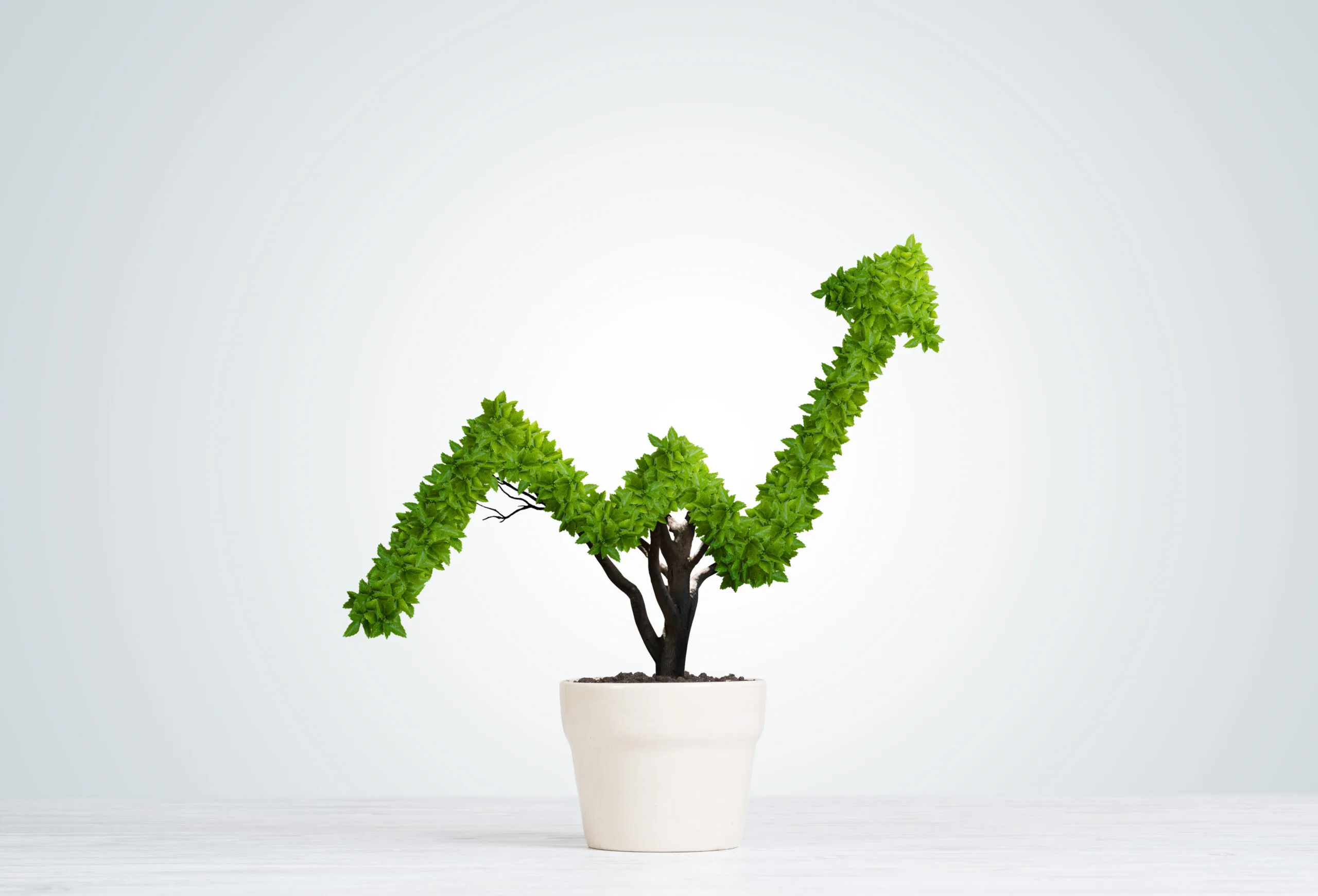Brussels – Over €380 million from the European Commission to protect the climate and environment. One hundred thirty-three new projects in Europe funded under the Life program.
Life, operated for 32 years, aims to support projects that help “facilitate the transition to an energy-efficient and renewable energy-based economy.” Grants funded by Life are managed by the CINEA’s (Climate, Infrastructure and Environment) Commission Executive Agency.
The projects announced today are selected from a shortlist of proposals reviewed in the previous year. The earmarked amount contributes a large part of the total of 574 million earmarked, the rest of which will be covered by national, regional, and local authorities. Overall, investments for this program have increased over the 2021–2027 period by 60 per cent (currently, about nearly 5.5 billion).
Investing in Life projects aims to contribute to the goal of European climate neutrality by 2050, not forgetting competitiveness and reversing the trend with respect to biodiversity loss—in essence, the big container called European Green Deal.
Life branches out into various areas where the Commission has made substantial contributions. The largest funding (with a total of €216 million, of which €144.5 million from the EU) is dedicated to biodiversity and nature protection, in line with EU Biodiversity Strategy 2030. Two projects involve nine European countries (including Belgium, France, Hungary), Ukraine and Senegal and are dedicated to “conserving Europe’s rarest continental nightingale.” Senegal’s involvement is functional in providing a wintering area for the animal.
Another pillar is the circular economy and improving quality of life. Overall, the 26 projects involved are concerned with reducing water waste and pollution, encouraging good practices for waste disposal, and impacting air and noise pollution. The Spanish project, whose investment aims to reduce fashion’s environmental footprint, focuses on recycling fashion fabrics. Given also the ban from 2026 on the destruction of unsold textiles and the push on European eco-design, the project fits well to complement European goals for the circular economy.
The area of market and governance regarding the transition, on which the Commission has invested heavily (99 million of the 105 total), has also not been left out. There is talk of capital being used for digital training and providing grants for emerging energy communities through the European Communities Energy Facility (ENERCOM). The grants, in lump sum form, would help “stimulate investment in sustainable energy,” as also stated by European SMEs in the latest Eurobarometer.
The last aspect covered is climate change resilience and mitigation of effects. Two projects, involving Italy, France, and Spain, will focus on helping vineyards and cheese production in the various countries become resilient to the climate crisis, illustrating “answers on how the entire European agricultural industry can best adapt to climate change and water scarcity.”
English version by the Translation Service of Withub
![Un atomo. L'Ue punta sul nucleare di nuova generazione per il suo futuro energetico [foto: iStock]](https://www.eunews.it/wp-content/uploads/2025/04/atomo-350x250.jpeg)









